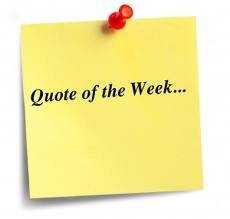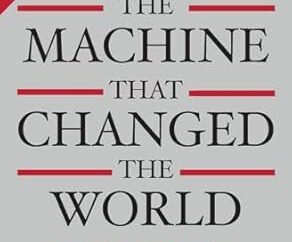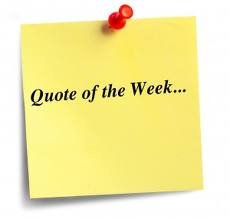Lean Quote: Closing the Knowing–Doing Gap
- Lean Quote
- October 17, 2025

Memorial Day is a time to remember the men and women who died while serving in the United States Armed Forces. It is a day to celebrate former and present service members who protect our freedom. And I’m proud to be an American, where at least I know I’m free. And I won’t forget the
READ MORE
On Fridays I will post a Lean related Quote. Throughout our lifetimes many people touch our lives and leave us with words of wisdom. These can both be a source of new learning and also a point to pause and reflect upon lessons we have learned. Within Lean active learning is an important aspect on
READ MORE
For my Facebook fans you already know about this great feature. But for those of you that are not connected to A Lean Journey on Facebook or Twitter I post daily a feature I call Lean Tips. It is meant to be advice, things I learned from experience, and some knowledge tidbits about Lean to
READ MORE
Luckily, there is no shortage of literature on Lean Manufacturing over the last several decades. I have been fortunate to read many books from a great many authors on a number of aspects on Lean. A good book can be a great place for some to learn about Lean and how to implement the concepts
READ MORE
On Fridays I will post a Lean related Quote. Throughout our lifetimes many people touch our lives and leave us with words of wisdom. These can both be a source of new learning and also a point to pause and reflect upon lessons we have learned. Within Lean active learning is an important aspect on
READ MORE
It is hard to believe but today marks the 7th anniversary of A Lean Journey Blog and as tradition here each year I take the opportunity to reflect. The act of “self-reflection” is called Hansei is Japanese. It is the practice of continuous improvement that consists of looking back and thinking about how a process
READ MORE


